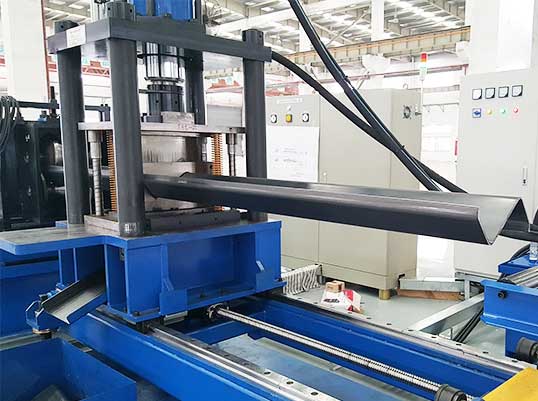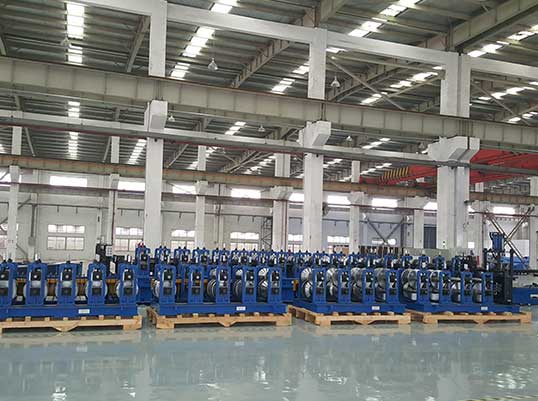Navigation Menu
Contact Us
- Email:
- info@wxavatar.com
- Address:
- Yurong Village, Yuqi Street, Huishan District, Wuxi, China.
Release Date:May 16, 2025 Visit:51 Source:Roll Forming Machine Factory
In the world of solar panel installation, the focus often lands on the panels themselves or the inverters - but what about the structures that hold everything together? Solar stand fabrication might not be the flashiest part of renewable energy systems, but it's absolutely essential for long-term performance. Recently, precision roll forming technology has emerged as a potential game-changer for manufacturing these critical support structures.

The Current State of Solar Stand Manufacturing
Traditionally, solar mounting systems have been produced through various metal fabrication methods - cutting, welding, and assembling individual components. While these approaches get the job done, they often come with limitations in terms of production speed, material efficiency, and consistency.
Manufacturers constantly face the challenge of balancing durability with cost-effectiveness. The supports need to withstand decades of outdoor exposure while keeping the overall system affordable. This is where the solar stand roll forming machine enters the picture as a potential solution.
How Roll Forming Changes the Equation
Precision roll forming is a continuous bending operation where a long strip of metal is passed through sets of rollers to gradually form a specific cross-section profile. When applied to solar stand production, this method offers several practical advantages:
Consistent Quality: Each piece comes out identical, ensuring uniform performance across all mounting structures in a solar array.
Material Efficiency: The process generates less waste compared to traditional fabrication methods, making better use of raw materials.
Production Speed: Continuous operation allows for faster output compared to piece-by-piece manufacturing.
Design Flexibility: Modern solar stand roll forming machines can produce various profiles to accommodate different solar panel models and installation requirements.
Real-World Benefits for Solar Projects
For solar installers and project developers, the implications of precision-formed mounting structures are significant. Consistent quality means fewer surprises during installation - all components fit together as designed. The durability of roll-formed stands translates to less maintenance over the system's lifespan.
From a logistical standpoint, the lightweight yet strong nature of these components makes transportation and handling more straightforward. This can be particularly valuable for large-scale solar farms where thousands of mounting units are required.
The Manufacturing Perspective
For metal fabricators looking to enter or expand in the solar market, investing in a solar stand roll forming machine presents interesting opportunities. The technology allows for competitive production costs while maintaining quality standards. As solar adoption continues to grow globally, the demand for reliable, cost-effective mounting solutions is likely to follow.
Modern roll forming equipment often incorporates smart features like automatic length measurement and cutting, further enhancing efficiency. Some systems can even handle different materials, from galvanized steel to aluminum, providing versatility for various project requirements.
Looking Ahead
While roll forming isn't necessarily new to metal fabrication, its application in solar stand production represents an interesting evolution in how we approach renewable energy infrastructure. As the technology continues to advance, we may see even more optimized designs and faster production capabilities emerge.
For businesses involved in solar panel installation or metal manufacturing, keeping an eye on developments in solar stand roll forming machines could prove valuable. The method offers a practical way to address several challenges in solar mounting system production, potentially making it an important consideration for future projects.

As with any manufacturing decision, the specific needs of each project will determine whether roll-formed solar stands are the right choice. However, the combination of efficiency, consistency, and performance suggests this technology deserves serious consideration in solar stand fabrication discussions.